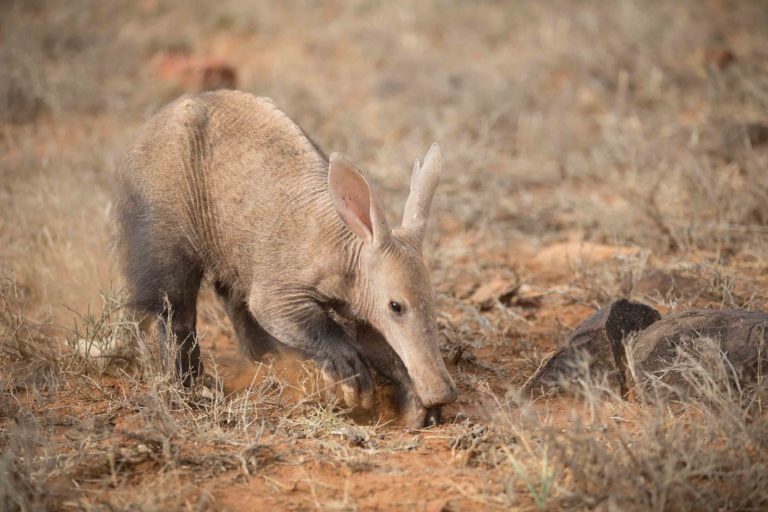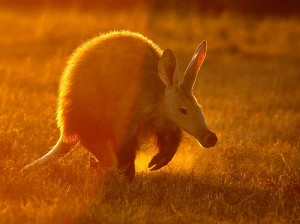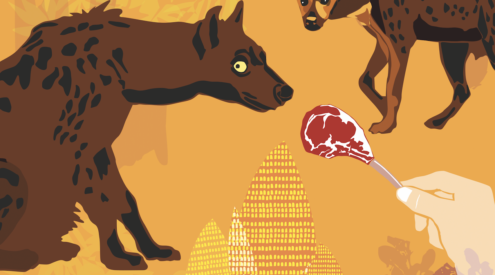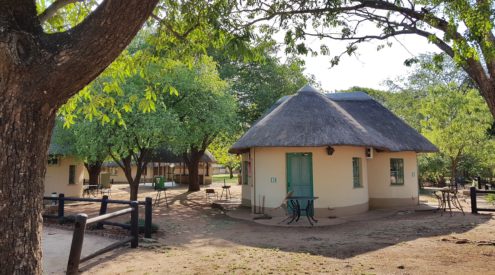The Kruger is home to over 140 mammal species; from the enormous elephant to the tiny squirrel, there are plenty of lesser-known animals in between. Here’s why you should keep a special eye out for one of the strangest of Kruger’s mammals, the aardvark.
The Aardvaark (or antbear in English) is a rarely-seen animal in the park, but if you are lucky enough to spot one you may be interested to learn of some of its unusual quirks and habits.

Picture: Anton Crone.
1) Aardvark means “earth pig” in Afrikaans, and it’s easy to see where it gets this name. It has a snout that gives it a pig-like appearance, which it uses to burrow into the earth.
2) Aardvarks have strange-looking but very distinctive spoor, with four toes on the front feet and five toes on the back feet. Their toes are equipped to dig well, with something between a hoof and a toenail that acts as a kind of spade for burrowing.
3) Their tongues are as long as the average ruler, 30cm, which they use to lap up insects.

Picture: Jed Bird
4) They are bigger than you might think. Aardvarks can weigh up to 65kg, and can measure over two metres in length. The tail alone can measure 70cm, and is thick and heavy, while their comical-looking ears can grow up to 24cm long.
5) Aardvarks are incredibly skilled diggers, and they excavate deep and complex burrows, occasionally digging up to 13m. They dig multiple chambers for sleeping, providing good refuge for other animals when the aardvark moves on, which is frequently. Animals like warthogs and wild dogs use abandoned aardvark holes as dens. Digging is also used as a defence strategy, and when pursued by predators into a burrow, the aardvark will dig further, closing up the hole with sand as it goes along.
6) The aardvark is a picky eater, preying almost exclusively on ants and termites, and will travel between 10 and 30km a night seeking out food. Using their sensitive noses, they shuffle along the ground in a kind of zig-zag pattern, sensing movement beneath the soil. Using their claws, they can open a cement-hard termite mound in seconds.
7) Aardvarks may look like anteaters, and we know they eat ants, but they are actually the only species in the family Orycteropodidae and the only living member of order Tubulidentata, and are more closely related to elephants, dassies, manatees and dugongs, which are all uranotherians.

Conservation status
Aardvarks are currently not threatened and are classified as least concern by IUCN. However, their population total is unknown and there does seem to be a trend of decreasing population in some parts of Africa due to human expansion, hunting and poaching.
ALSO READ

















